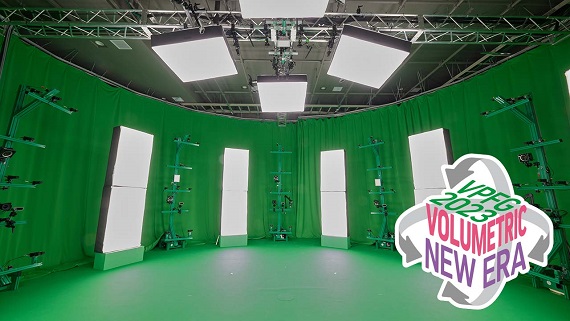I’ve watched volumetric capture evolve from a research curiosity into something game developers actually use. The technology records real people and objects in full 3D, creating digital assets that look genuinely photorealistic. What makes this interesting isn’t just the visual quality — it’s how the captured data behaves in digital environments.
Game studios aren’t the only ones paying attention. Platforms like 1xbet Somalia are looking at how this technology could transform virtual sports betting by creating lifelike athlete models with accurate movement patterns. When you can capture a footballer’s exact running style or a basketball player’s shooting form, the simulation becomes substantially more convincing.
Studio Implementation and Production Workflows
The production reality involves more complexity than most people realize. Volumetric capture production techniques show how studios integrate these systems into existing pipelines, and it’s not straightforward.
Current studio implementations require specific considerations:
- Camera array configurations that capture sufficient detail without blind spots
- Lighting setups that provide even illumination across the capture volume
- Data processing pipelines that can handle terabytes of information per session
- Asset optimization techniques that reduce file sizes for real-time rendering
- Quality control processes that identify and correct capture artifacts
Microsoft’s Mixed Reality Capture Studios use 106 cameras arranged in a dome configuration. Each camera captures at 2048×1536 resolution at 30 frames per second. That generates roughly 1GB of data per second of recording. The processing requirements are substantial — a single minute of captured performance can take 8-12 hours to process into usable game assets.
Intel’s volumetric capture technology takes a different approach, using fewer cameras but higher resolution sensors. Their system can capture performers in a 10-meter diameter space with millimeter-level accuracy. The trade-off comes in processing time and storage requirements.
Technical Challenges and Current Limitations
Having worked with volumetric capture data, I can tell you the challenges aren’t just technical — they’re practical. Volumetric capture technical limitations reveal issues that marketing materials don’t discuss.
The clothing problem remains significant. Loose fabric, hair, and transparent materials create capture artifacts that require manual cleanup. A simple t-shirt can generate hundreds of small gaps and inconsistencies that need individual attention. Complex costumes or flowing garments often require traditional 3D modeling to fill in missing details.
Compression presents another challenge. Raw volumetric data is massive — too large for real-time streaming or distribution. Current compression algorithms can reduce file sizes by 90% but introduce visual artifacts. The balance between file size and quality remains a constant consideration.
Lighting in the final environment rarely matches capture conditions. Volumetric assets captured under studio lighting often look artificial when placed in game environments with different lighting setups. This requires additional processing to match the captured performance to the target environment.
Real-time playback still pushes hardware limits. Current consumer graphics cards can handle volumetric content, but not at the highest quality levels. Most implementations reduce polygon counts or frame rates to maintain smooth performance.
Industry Applications and Market Development
The applications extend beyond what you’d expect. Sports simulation represents one promising area, but the technology appears in unexpected places. Architectural visualization uses volumetric capture for realistic human figures in building walkthroughs. Medical training applications capture surgical procedures for educational purposes.
Entertainment companies are testing volumetric capture for virtual concerts and performances. Instead of traditional motion capture, they’re recording entire performances in 3D. The results can be viewed from any angle, creating new possibilities for audience interaction.
Fashion brands use the technology for virtual try-on experiences. Capturing how fabric moves on different body types provides more accurate simulation than traditional physics-based cloth systems. The data helps predict how garments will look and move on individual customers.
Marketing agencies apply volumetric capture for product demonstrations. Instead of traditional video, they create 3D recordings that customers can view from multiple angles. This works particularly well for complex products where seeing the mechanism or internal components adds value.
Research institutions use volumetric capture to study human movement patterns. Biomechanics labs capture athletes to analyze performance and identify injury risks. The data provides insights that aren’t possible with traditional motion capture systems.
Cost remains a barrier for smaller studios. Professional volumetric capture requires significant equipment investment and specialized expertise. Rental facilities exist, but session costs can reach thousands of dollars per day. This limits adoption to larger productions with substantial budgets.
Future development focuses on reducing equipment requirements and processing time. Companies are working on systems that use smartphone cameras instead of professional equipment. The quality won’t match professional setups, but it could make the technology accessible to independent developers and smaller studios.
Consumer applications will likely drive the next wave of development. As virtual and augmented reality adoption increases, demand for volumetric content will grow. The technology might become as common as traditional video recording, but we’re still years away from that reality.

